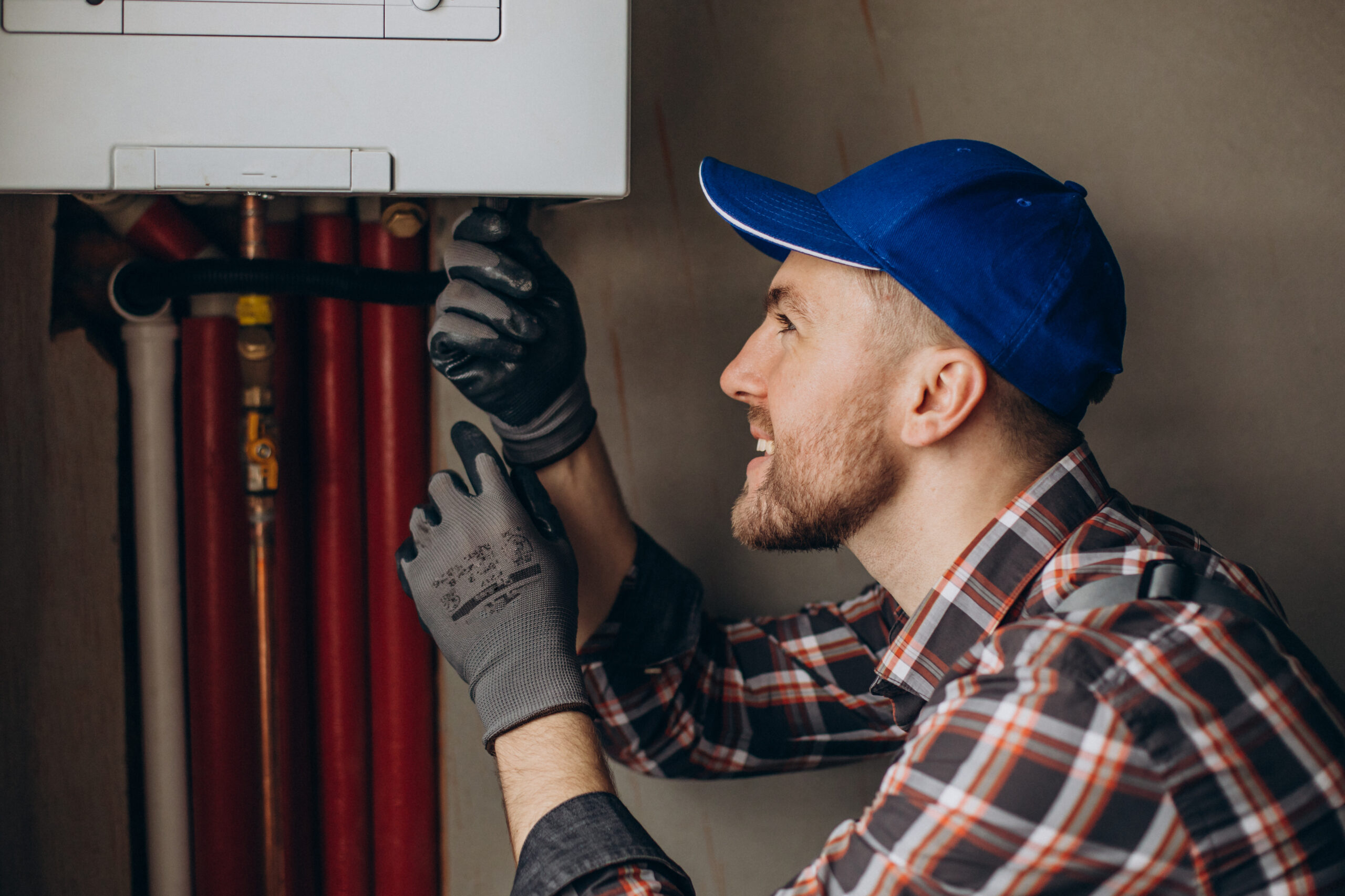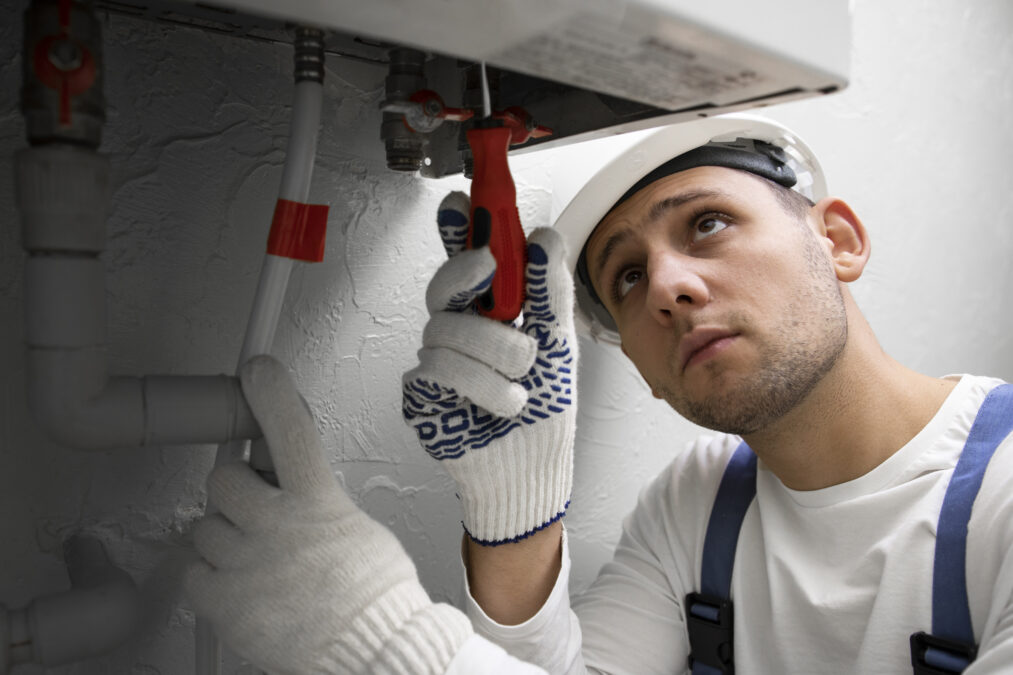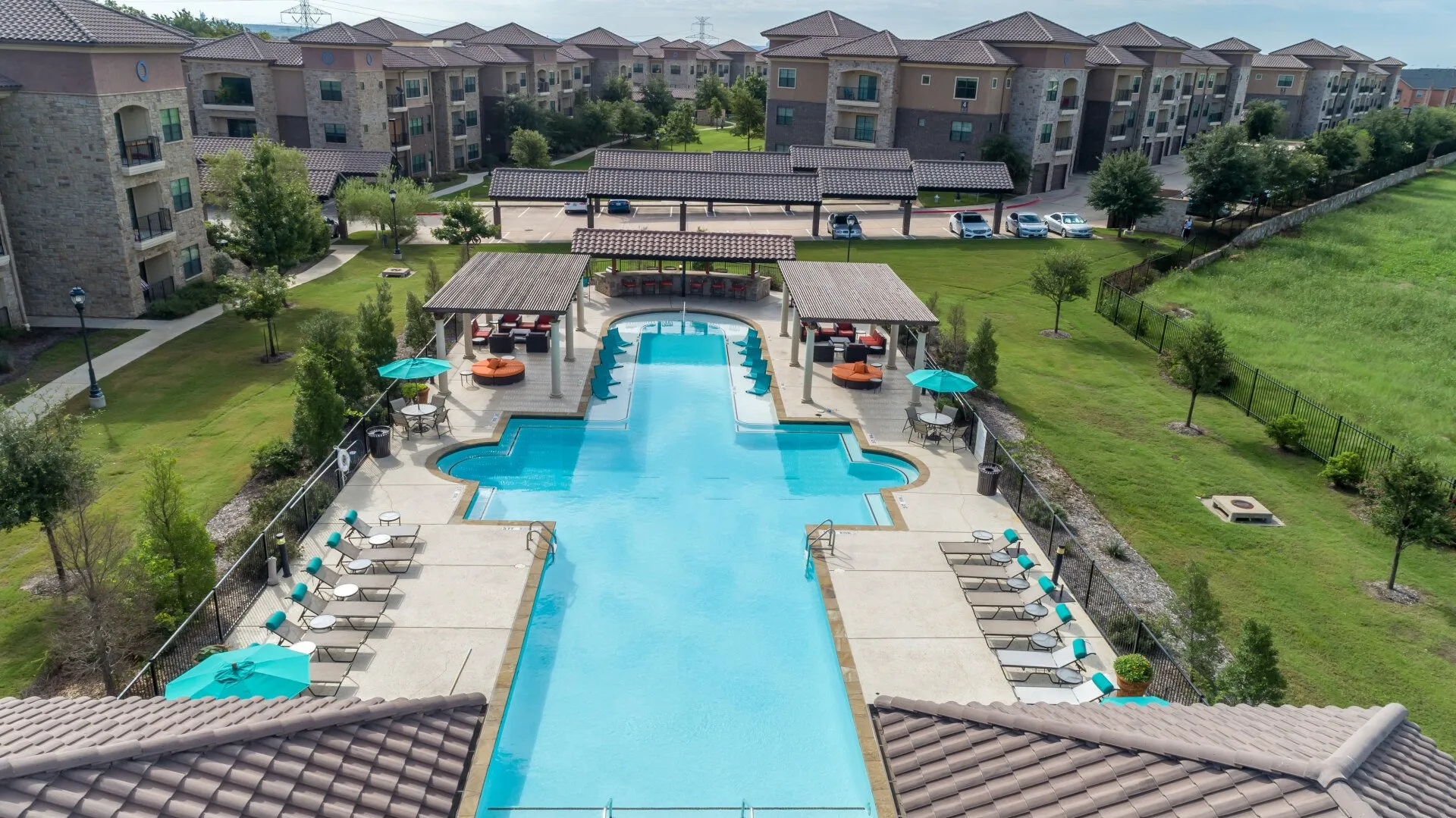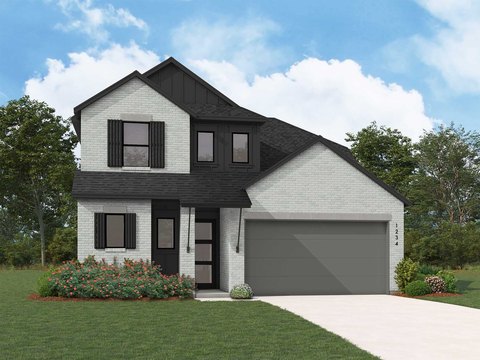Home Furnace Repair: Everything You Need to Know to Stay Warm

When your furnace breaks down in the middle of winter, it’s more than just an inconvenience—it’s a crisis. Timely and effective home furnace repair is essential to ensure your family stays warm, safe, and comfortable. Whether you’re dealing with a minor issue like uneven heating or a major system failure, knowing how to identify problems and what steps to take can save you money and prevent further damage. In this comprehensive guide, we’ll walk you through everything you need to know about diagnosing, repairing, and maintaining your home furnace.
Common Signs Your Furnace Needs Repair

Unusual Noises and Odors
If your furnace starts making banging, rattling, or squealing sounds, this is often a sign that something is wrong. Strange smells, especially burning or chemical-like odors, can indicate mechanical issues or even dangerous gas leaks.
Inconsistent Heating or No Heat
Cold spots in your home or a furnace that doesn’t turn on at all are clear red flags. These issues can be related to malfunctioning thermostats, dirty filters, or more serious internal failures.
Increased Energy Bills
A sudden spike in your heating bill may suggest that your furnace is running inefficiently. This often results from clogged filters, duct leaks, or aging parts that are overworking the system.
Frequent Cycling On and Off
Short cycling (when your furnace turns on and off frequently) can reduce your system’s efficiency and shorten its lifespan. This can be caused by a faulty thermostat, overheating, or improper airflow.
DIY Furnace Troubleshooting Before Calling a Professional

Step 1: Check the Thermostat
Make sure it’s set to “Heat” and that the temperature is higher than the current room temperature.
Step 2: Inspect the Filter
A dirty air filter restricts airflow and can cause your furnace to overheat or stop working. Replace it if it looks clogged or hasn’t been changed in over 90 days.
Step 3: Check the Circuit Breaker
Sometimes the issue is electrical. Check your breaker box to ensure the furnace switch is in the “On” position.
Step 4: Look at the Pilot Light or Ignition
If you have an older furnace with a pilot light, make sure it’s lit. For newer models with electronic ignition, listen for clicking sounds that indicate the system is trying to ignite.
When to Call a Professional Furnace Repair Technician
Persistent Problems
If the same issue keeps returning even after basic troubleshooting, it’s time to consult a licensed HVAC technician.
Gas Smell or Carbon Monoxide Warning
Immediately evacuate your home and call your gas company or emergency services. Do not attempt to fix these issues yourself.
Older Furnace Units (15+ Years)
Older furnaces often experience more frequent and serious breakdowns. A professional assessment can determine if it’s time for a replacement.
Cost of Home Furnace Repair
Average Repair Costs
- Minor repairs (thermostats, filters, flame sensors): $75 to $300
- Moderate repairs (blower motors, ignitors): $300 to $600
- Major repairs (heat exchanger, gas valve): $600 to $1,200
Emergency Service Charges
Expect to pay 1.5x to 2x normal rates for emergency or after-hours service, especially during the winter months.
Repair vs. Replacement
If repair costs exceed 50% of a new unit’s price, most experts recommend upgrading to a more energy-efficient model.
Types of Furnaces and Their Repair Needs
Gas Furnaces
Most common in colder climates, these require frequent checks for gas leaks and burner efficiency.
Electric Furnaces
Simpler to maintain, but prone to electrical failures like malfunctioning sequencers and heating elements.
Oil Furnaces
Less common, but need regular cleaning and fuel management to avoid clogs and soot buildup.
Maintenance Tips to Avoid Costly Repairs
Schedule Annual Tune-Ups
A professional tune-up every fall ensures your furnace is ready for winter and can extend its life.
Replace Filters Regularly
Change your furnace filter every 1-3 months, depending on your usage and air quality.
Clean Vents and Ducts
Dust and debris can block airflow. Clean your vents seasonally and consider professional duct cleaning every few years.
Test Your Thermostat
Make sure your thermostat is working properly and consider upgrading to a smart thermostat for better control and efficiency.
Energy Efficiency and Furnace Upgrades
Benefits of High-Efficiency Models
Newer models can achieve over 95% efficiency compared to older ones at 60-80%, significantly reducing your energy bills.
Available Rebates and Tax Credits
Look into local energy efficiency programs and federal tax incentives to offset the cost of upgrading your furnace.
Smart Home Integration
Modern systems can integrate with smart thermostats, mobile apps, and voice-controlled devices to optimize usage and convenience.
People Also Ask
How long should a home furnace last?
Typically, 15 to 20 years with proper maintenance.
What is the most expensive part to fix on a furnace?
The heat exchanger, often costing $1,000 or more.
Can I repair my furnace myself?
Only minor issues like replacing filters or resetting breakers. Major repairs should always be handled by professionals.
How do I know if my furnace is dying?
Frequent repairs, rising energy bills, and inconsistent heating are all signs your furnace may be near the end of its lifespan.
Conclusion: Keep Your Furnace Running Smoothly
Staying warm in the winter depends on a reliable heating system. Knowing the signs of trouble, when to call in the pros, and how to maintain your furnace can save you time, money, and stress. Whether you’re a first-time homeowner or just want to be better prepared, understanding the essentials of home furnace repair is a smart move.




